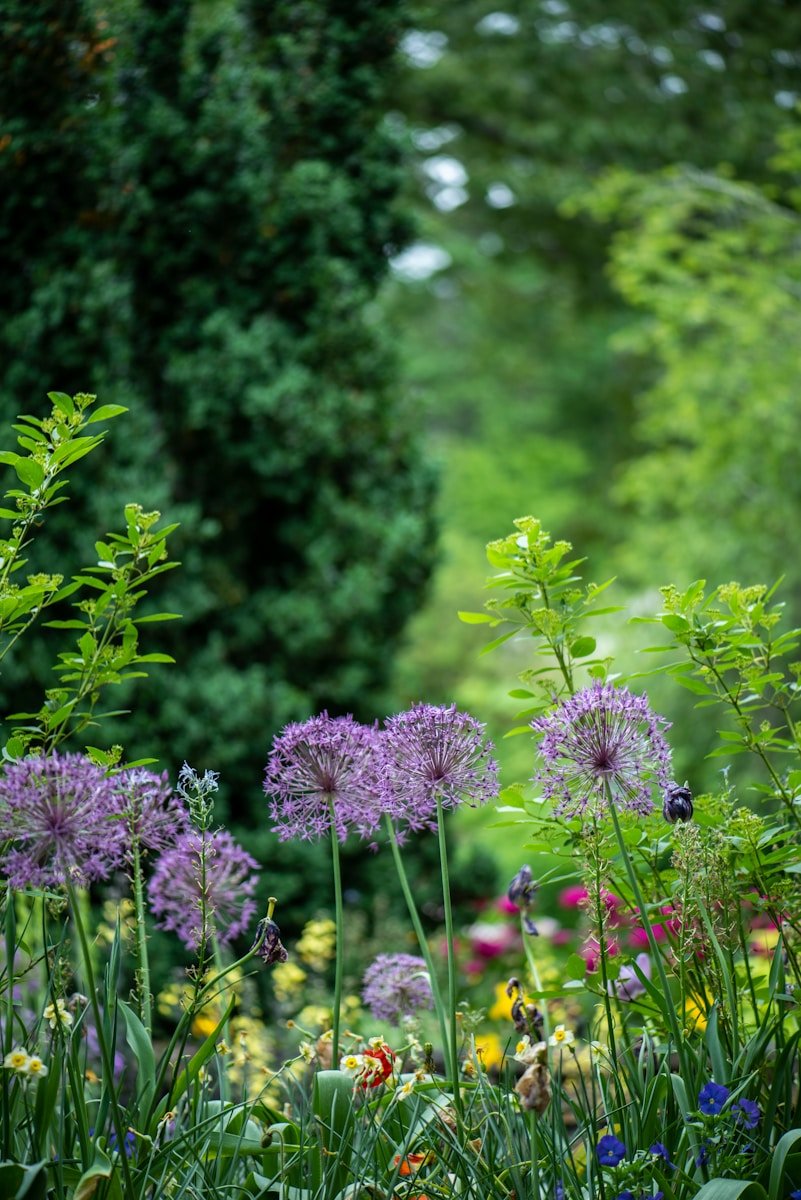Gardening is a delightful pursuit that brings joy, tranquility, and beauty to our lives. However, creating a garden that is both functional and aesthetically pleasing requires careful planning. This is where a garden layout planner can be your best friend. In this comprehensive guide, we will explore the importance of planning your garden layout, the benefits of using a garden layout planner, the best free tools available online, and practical tips for maximizing space and design. Let’s dig in!
The Importance of Planning a Garden Layout
Before you start digging and planting, it’s crucial to have a clear plan for your garden layout. Planning allows you to:
- Optimize Space: Ensure every inch of your garden is utilized effectively.
- Coordinate Planting: Arrange plants based on their sunlight, water, and soil needs.
- Enhance Aesthetics: Create a visually appealing garden with harmonious plant combinations.
- Improve Maintenance: Facilitate easier access for watering, weeding, and harvesting.
Benefits of Using a Garden Layout Planner
A garden layout planner is a powerful tool that offers several advantages:
- Visualization: Visualize your garden before planting, helping you to plan better and avoid costly mistakes.
- Customization: Tailor your garden design to fit your space, whether you have a small backyard or a sprawling landscape.
- Efficiency: Save time and effort by having a clear plan that guides your planting and maintenance activities.
- Resource Management: Optimize the use of resources like water, sunlight, and fertilizers.
Best Free Garden Layout Planner Tools Available Online
There are numerous free garden layout planners available online, each with unique features. Here are some of the best:
1. Garden Planner Online
Garden Planner Online is a user-friendly tool that allows you to create detailed plans for your garden. Its drag-and-drop interface makes it easy to place plants, trees, and structures. You can also customize the size and shape of your garden beds.
2. Smart Gardener
Smart Gardener helps you design your dream garden by providing personalized advice based on your location and preferences. It offers a comprehensive database of plants and allows you to plan your garden layout in detail.
3. Plan-a-Garden by Better Homes & Gardens
Plan-a-Garden is a versatile tool that lets you experiment with different garden layouts. You can choose from a wide variety of plants, structures, and accessories to create your perfect garden.
4. Garden Puzzle
Garden Puzzle provides an interactive platform for designing your garden. You can visualize how your garden will look in different seasons and get recommendations for plant combinations.
5. VegPlotter
VegPlotter is designed specifically for vegetable gardens. It helps you plan your vegetable beds, rotate crops, and keep track of planting schedules. The tool is particularly useful for maximizing yields in limited spaces.
Step-by-Step Guide on How to Use a Garden Layout Planner Effectively
Using a garden layout planner is straightforward, but a step-by-step approach can help you make the most of these tools:
Step 1: Measure Your Garden Space
Start by measuring the dimensions of your garden. Accurate measurements are essential for creating a realistic layout.
Step 2: Choose a Garden Layout Planner
Select a garden layout planner that suits your needs. Register for an account if necessary.
Step 3: Define Your Garden Beds
Outline the shape and size of your garden beds in the planner. Consider the placement of pathways, patios, and other structures.
Step 4: Select Your Plants
Browse through the plant database and select the plants you want to include in your garden. Consider their growth habits, sunlight requirements, and compatibility with other plants.
Step 5: Arrange Your Plants
Drag and drop your chosen plants into the garden layout. Experiment with different arrangements to find the best combination for aesthetics and functionality.
Step 6: Review and Adjust
Review your garden layout and make any necessary adjustments. Ensure that all plants have enough space to grow and that the overall design is balanced.
Tips and Tricks for Maximizing Space and Aesthetics in Your Garden Design
Creating a beautiful and functional garden is an art. Here are some tips to help you maximize space and aesthetics:
Tip 1: Use Vertical Space
In small gardens, use vertical space by incorporating trellises, hanging baskets, and vertical planters. This allows you to grow more plants without taking up valuable ground space.
Tip 2: Companion Planting
Practice companion planting by placing plants that benefit each other close together. For example, planting marigolds near tomatoes can deter pests.
Tip 3: Create Focal Points
Designate focal points in your garden, such as a beautiful tree, a sculpture, or a water feature. These elements draw the eye and add visual interest.
Tip 4: Incorporate Paths and Walkways
Include paths and walkways to provide easy access to different parts of your garden. This not only makes maintenance easier but also adds structure to your design.
Tip 5: Think About Seasons
Plan for year-round interest by selecting plants that bloom at different times of the year. This ensures your garden remains attractive throughout the seasons.
Planning your garden layout is a crucial step in creating a beautiful and productive garden. A garden layout planner can simplify the process, allowing you to visualize your design, optimize space, and ensure your plants thrive. By using the best free tools available and following practical tips, you can transform your gardening dreams into reality. Happy gardening!

